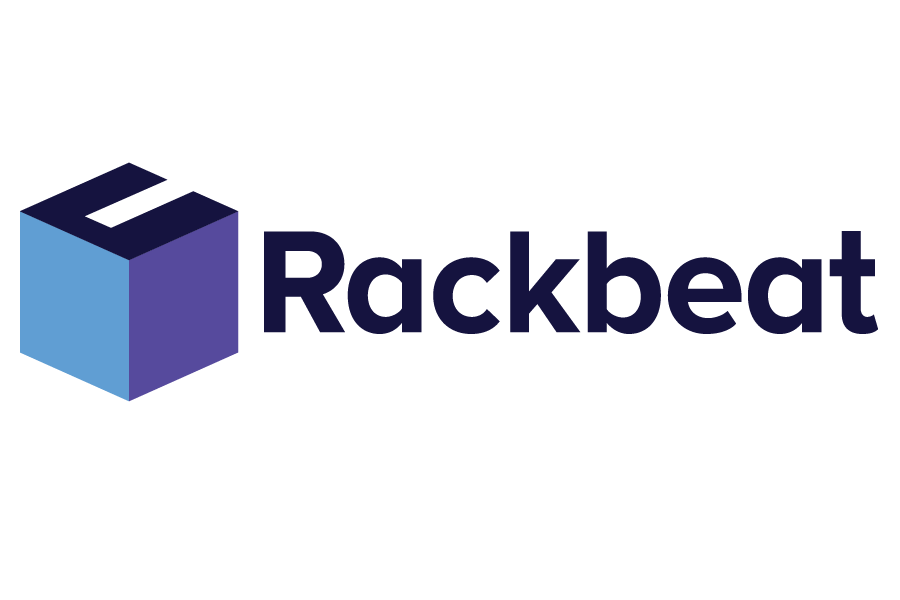Just-in-Sequence (JIS)
Just-in-Sequence (JIS) is a logistics strategy in which goods or components are delivered not only just in time, but also in the exact sequence they are needed in the production or assembly process. It’s an evolution of the well-known Just-in-Time principle and is especially used in industries with complex production flows – such as automotive, electronics, and machinery manufacturing.
Rackbeat August 15, 2025
What Does Just-in-Sequence Mean?
The goal of Just-in-Sequence is to streamline production by delivering the right goods:
In the correct quantity
At the right time
And in the right sequence
Imagine a car factory where different models move down the assembly line. Each car requires specific bumpers, seats, and interior features – and these components must be delivered precisely as they’re needed, in sync with each vehicle arriving at its designated station.
With JIS, waiting time, repacking, and interim storage are minimized because everything is planned and sequenced down to the smallest detail.
Benefits of Just-in-Sequence
Just-in-Sequence provides a wide range of benefits – especially in production and logistics environments where time, space, accuracy, and efficiency are critical for profitability and delivery reliability:
1. Reduced inventory holding
– Since components are delivered right before they are needed, capital isn’t tied up in excess stock. This frees up liquidity and reduces waste, obsolescence, and unnecessary inventory buildup.
2. Less storage space required
– Because goods don’t need to be stored for long periods, companies can operate with less warehouse space. This lowers storage costs and creates a more streamlined and safer workspace.
3. Improved production flow
– Components arriving in the exact sequence they are needed means no sorting or searching for parts. This ensures a smooth and uninterrupted production process.
4. Lower risk of errors
– By eliminating the need for manual sorting and reordering, the risk of installing or picking the wrong parts is greatly reduced. Sequencing thus contributes to stronger quality assurance.
5. Efficient resource utilization
– Fewer steps such as reloading, sorting, and intermediate storage free up both time and workforce, allowing staff and systems to focus on value-adding tasks.
6. Supports lean principles
– Just-in-Sequence aligns closely with lean thinking by aiming to eliminate waste (of time, movement, inventory, overproduction, etc.) and create a streamlined, pull-based production flow.
Just-in-Sequence and Inventory Management
To make Just-in-Sequence work in practice, a high degree of coordination and precision is required across the entire supply chain. It places significant demands on your inventory management.
Key components of JIS include:
– Inventory management: Must support sequence requirements, real-time stock updates, and ensure picking and packing follow the exact order of use.
– Purchasing management: Deliveries must be planned to match production cadence and sequencing – both in timing and order.
– WMS (Warehouse Management System): An effective WMS is essential for managing locations, picking, sequencing, and timing of deliveries.
– Supplier collaboration: External suppliers must be able to deliver precisely and flexibly – often with very short lead times.
– Transport and logistics: Goods must not only arrive on time – they must arrive in sequence. This requires carefully planned loading and accurate delivery execution.
Without a clear and systematic overview of inventory levels, item routes, deliveries, and production rhythm, JIS can quickly lead to chaos rather than efficiency. Incorrect sequencing, delays, or missing parts can create bottlenecks and production stoppages.
For this reason, many companies use JIS in combination with other methods such as Just-in-Time, Kanban, or pull-based systems to build a flexible and resilient supply chain.
Get Valuable Insights Straight to Your Inbox
Want to get smarter about inventory management, WMS, and efficient logistics principles like Just-in-Sequence? Then sign up for our newsletter – we’ll send you useful knowledge and practical tips to make your warehouse operations even sharper.
Related Terms


